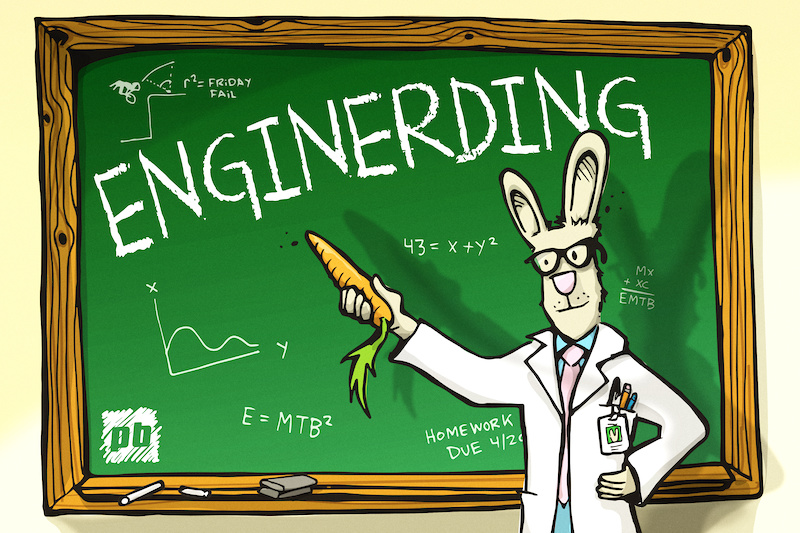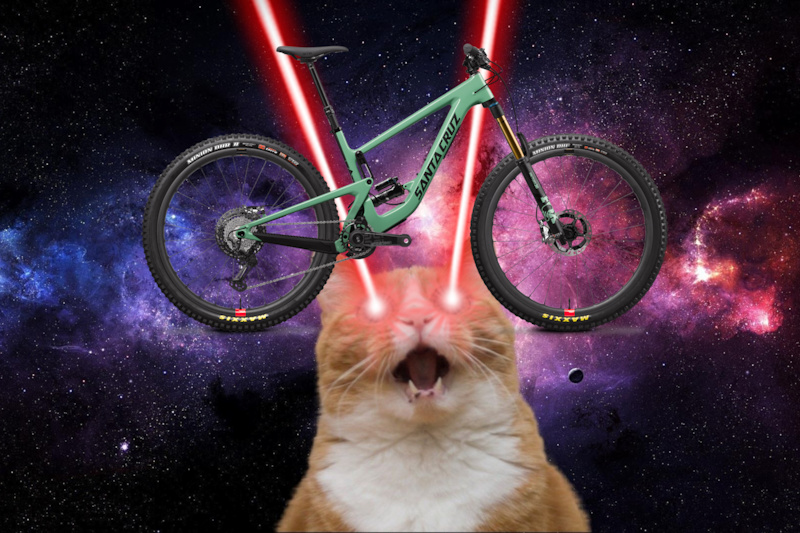I have experience with Horst link (older Turner Flux and YT Jeffsy), DW Link (2017 Turner Burner) and modified Horst link (Knolly 4x4 on Fugitive LT). I’m a fairly average climber, although I can make it up some fun tech stuff, but like most I live for going downhill as fast as I can (which really isn’t that fast). I love rocky technical terrain and pretty much despise purpose built “flow” trails. I think this sort of rider characterization is important when discussing suspension.
Of all of those, I personally liked the implementation of the DW Link on the Burner better than any suspension system I’ve been on. When I put down power it responded while staying reasonably active on the climbs, and when I pointed it downhill it let me push my limits and had excellent behavior while braking. It was not the liveliest feeling suspension by any means, but it was plenty stiff, allowed me to ride with the shock wide open all the time and provided enough traction on the ups and downs.
Being able to compare the YT and the Knolly was an eye opener. The YT sacrificed traction for pedaling efficiency and the progression curve just didn’t work for me; the bike felt great hitting man made jumps and flow trails, but that’s not my thing. I was worried that the Knolly would be a bobbing mess while climbing without a pedaling platform, but I was completely wrong. Yes, there is absolutely movement while putting power down, but while seated and grinding it’s barely noticeable and the traction on tap is awesome. And when I need to stand up and get some extra power to get over an obstacle while climbing, again the traction and ability of the rear wheel to get up and over more than makes up for any extra motion. Overall, I’m very happy with the Knolly as any trade offs are worth it. That said, if only Turner had come out with a mid travel 29er with updated geometry.....
The one suspension system I would really like to try is Canfield’s CBF, but I can’t justify another bike. Or can I.....
No interest in the Yeti system. I’m sure it works great, but having seen multiple examples pulled apart at my old shop, I’ll pass.
Sent from my iPhone using Tapatalk






